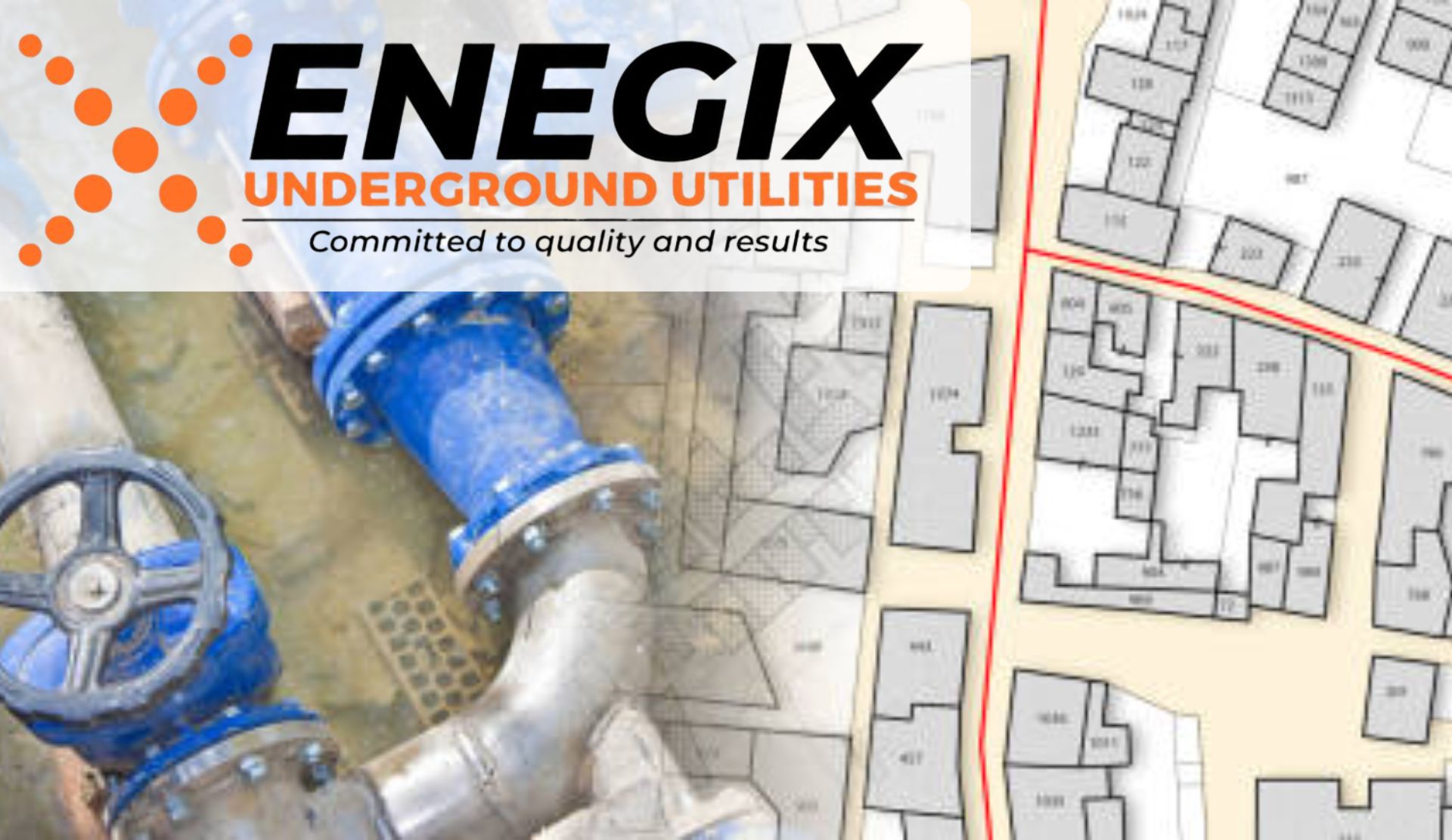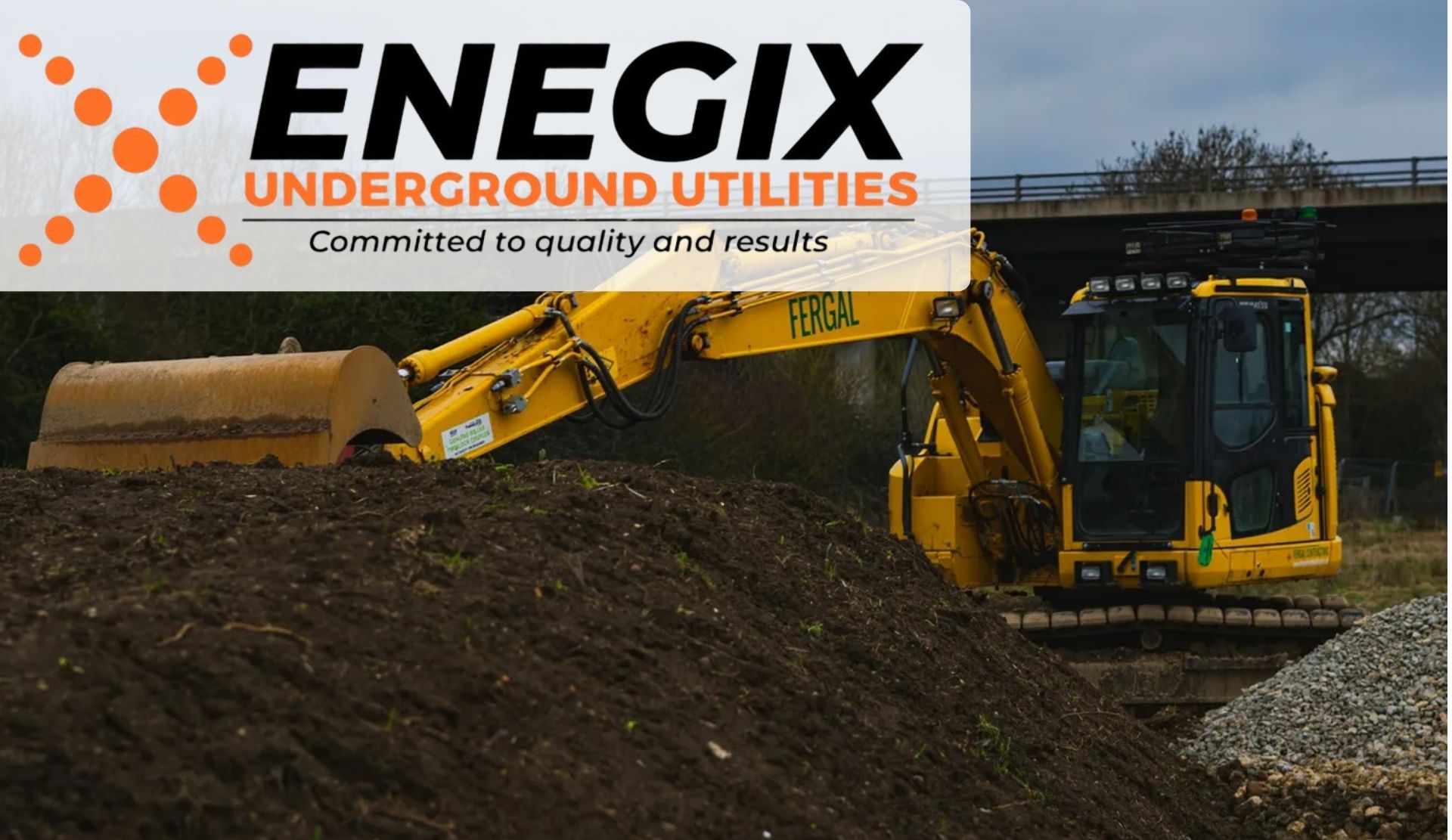
Homeowners are becoming increasingly engaged with the essential aspects of their property’s infrastructure, and a key component of this is the water main installation.
This critical system ensures a steady and reliable flow of water into your home. “The Homeowner’s Guide to Water Main Installations” is designed to guide you through the process, helping you understand what water main installation entails and how to confidently navigate the project.
It’s an invaluable resource for any homeowner looking to get involved in the maintenance and improvement of their home’s water system.
Homeowner’s Guide to Water Main Installations
Before diving into the installation process, it’s important to understand what a water main is. Simply put, it’s the primary pipe that connects your home’s plumbing system to the public water supply. It’s responsible for delivering all the water you use for drinking, bathing, and washing.
Planning Your Water Main Installation
The first step in any water main installation is planning. This involves:
• Determining the Route: You’ll need to decide the most efficient path from the municipal connection to your home.
• Getting Permits: Check with your local municipality for any permits or regulations that you need to comply with.
• Hiring a Utility Contractor: While some aspects of water main installation can be DIY, it’s often best to hire a professional, especially for the actual connection to the public supply.
The Installation Process
Here’s a simplified overview of what the water main installation process might look like:
1.Excavation: The contractor will dig a trench from the water supply line to your home.
2.Laying the Pipe: The new water main will be laid in the trench, ensuring it has a slight slope to prevent standing water.
3.Connection: The new main will be connected to your home’s plumbing and the public supply.
4.Testing: Once installed, the system will be tested for leaks and proper flow.
5.Backfilling: The trench will be filled in, and the landscape will be restored as much as possible.
Maintenance
After your water main is installed, regular maintenance is key. This includes:
• Monitoring for Leaks: Keep an eye out for unexplained increases in your water bill or soggy patches in your yard.
• Insulation: In colder climates, ensure your water main is properly insulated to prevent freezing.
• Access: Make sure you have easy access to the main shut-off valve in case of emergencies.
Why 2024 is the Year for Water Main Installation
Advancements in technology have made water main installations in 2024 more efficient and less invasive than ever before. New materials and techniques reduce the time and cost of installation while increasing the longevity and reliability of your water main.
Conclusion
As a homeowner, understanding the ins and outs of water main installation is empowering. It allows you to make informed decisions and maintain the integrity of your home’s water supply. With this guide, you’re well on your way to mastering the basics of water main installation and ensuring your home is well.


Leave A Comment